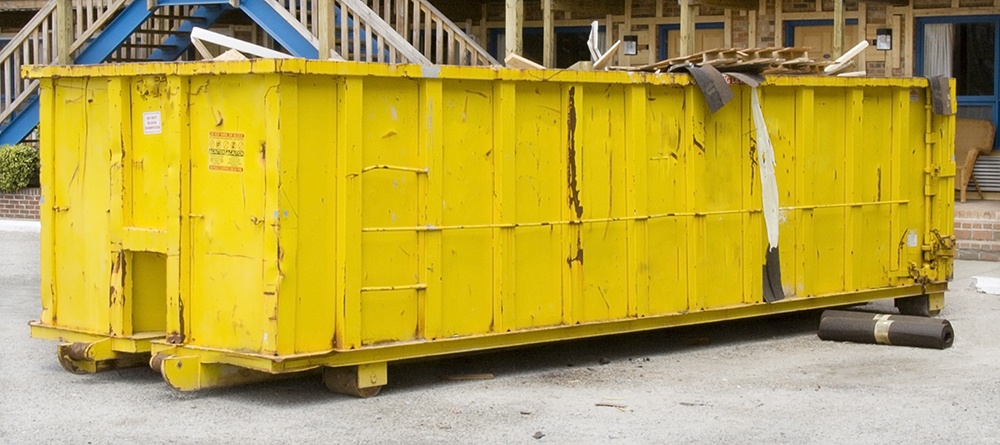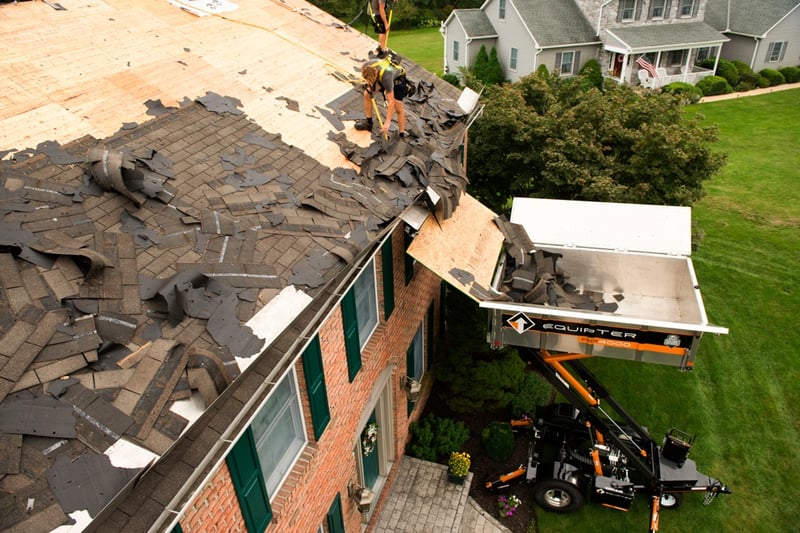From material packaging to demolition trash, managing construction debris is a big job for you—and it definitely slows productivity and adds to labor costs.
Some contractors handle the debris on their own, using a combination of standard equipment (like trailers) and manual labor (like heaving wheelbarrows or shovels). Others hire debris removal companies to tackle the task for them—and that quickly increases project costs.
But it is possible to nail down material and debris handling to get projects completed more efficiently and reduce labor costs. Just take advantage of these two easy tips to manage construction debris like a pro.

1. Make a plan.
It doesn’t matter what the nature of a business might be—whether it’s a Madison Avenue marketing agency or a Columbus, Ohio general contractor—the foundation for that company’s success is its ability to incorporate tested processes that yield the same quality job after job.
In construction, developing a construction debris hauling and management process—one that every crew member understands and relies on—is the foundation for working smarter.

For example, one strategy to add to your process is to make debris sorting an ongoing process throughout the workday. Pile materials, such as concrete or scrap metal, separately to save the hassle of going through a mixed pile of debris at the end of the day.
Another aspect of your process may be identifying materials ahead of time that require special handling. By putting a plan in place to collect and separately dispose of hazardous and recyclable materials, you reduce the amount of onsite time spent at day’s end collecting or organizing.
Putting processes like these into place can mean the difference between wrapping up your day at 4 p.m. or 7 p.m. It can also shave labor hours from your HR expenses—and that’s a benefit your bottom line will love.
2. Put the Equipter RB4000 lift to work for you.
The Equipter RB4000 lift is a revolutionary dump trailer that helps you manage construction debris like a pro. Its unique design allows crews to eliminate the double- or triple-handling debris that adds significant time to a job, particularly if you’re doing a labor-intensive task like redoing siding on a two-story home or installing roofing shingles.

Here’s how this construction debris trailer works:
- Place new materials and tools into the container, which has a capacity of 4 cubic yards.
- Tow the RB4000 lift to the job site, just like you would with an ordinary construction trailer.
- Unhitch the unit, and use its gas-powered engine to drive it virtually anywhere on the job site.
- Raise the container up to 12 feet high to unload tools or new materials.
- Fill the raised container with trash or other debris.
- Lower the filled container and simply drive it to a trailer or dumpster, where you can empty it via its hinged tailgate.
Managing construction debris is a messy business—without the right processes and equipment, hours of time, and costly labor delay projects. Implement the processes you need to work smarter—not harder! Keep an eye on the Equipter blog for more ideas and share your own ideas with us on Facebook.
